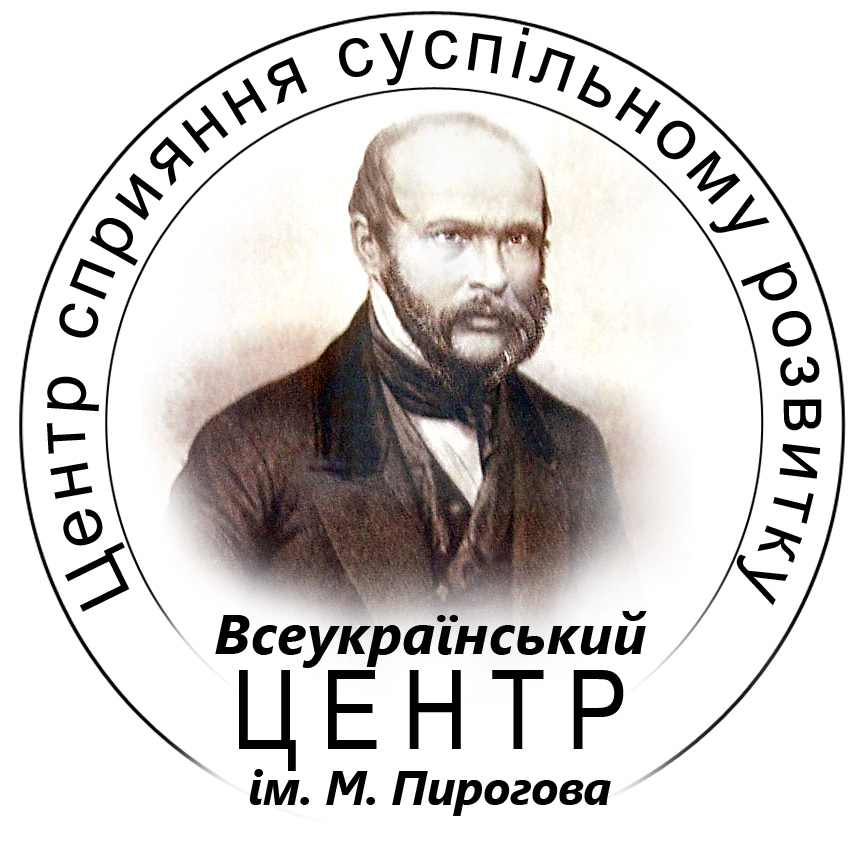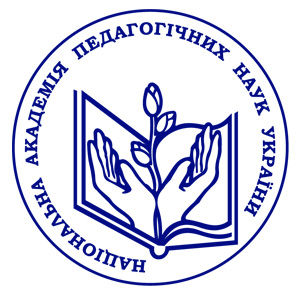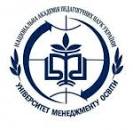Mobbing in the Educational Environment: Causes and Preventive Measures
Keywords:
mobbing, cybermobbing, psychological violenceAbstract
The articlereveals psychological causes and preventive measures of the emergence mobbing in the educational environment. Phenomenon of the mobbing as a form of psychological violence in relations between the group and the individual.The article reveals the phenomenon of the mobbing as a form of psychological violence in relations between the group and the individual. Theoretical approaches to the definition of the phenomenon of mobbing and its forms. Psychological causes and legal aspects and preventive measures of mobbing in the educational environment. Mobbing and described it as «psychological terror», which includes the systematic recurrence of hostile and unethical behavior of one or more people, directed against another person. According to experts, the most significant characteristic of the phenomenon of mobbing is that it is determined onlywhen there are multiple, but systematic, regular repetitions in behavior and attitude.


.png)
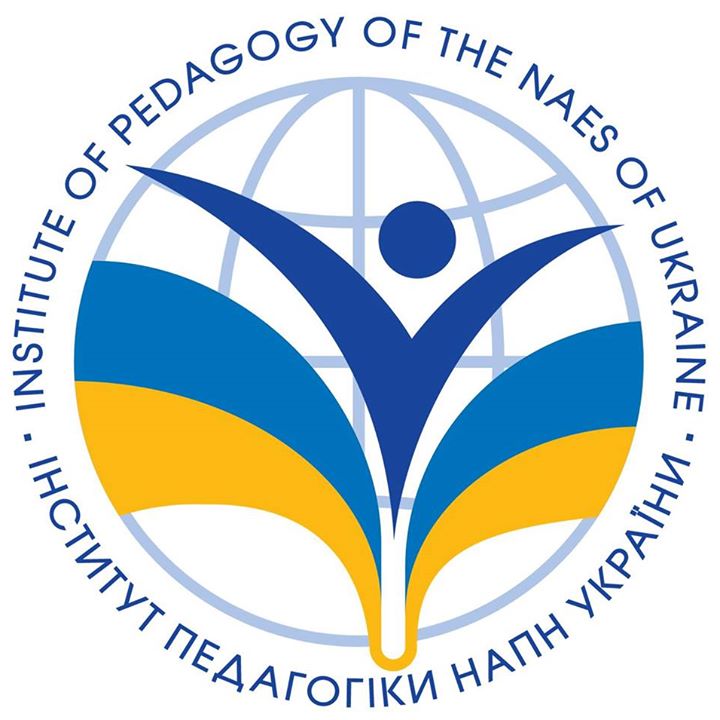
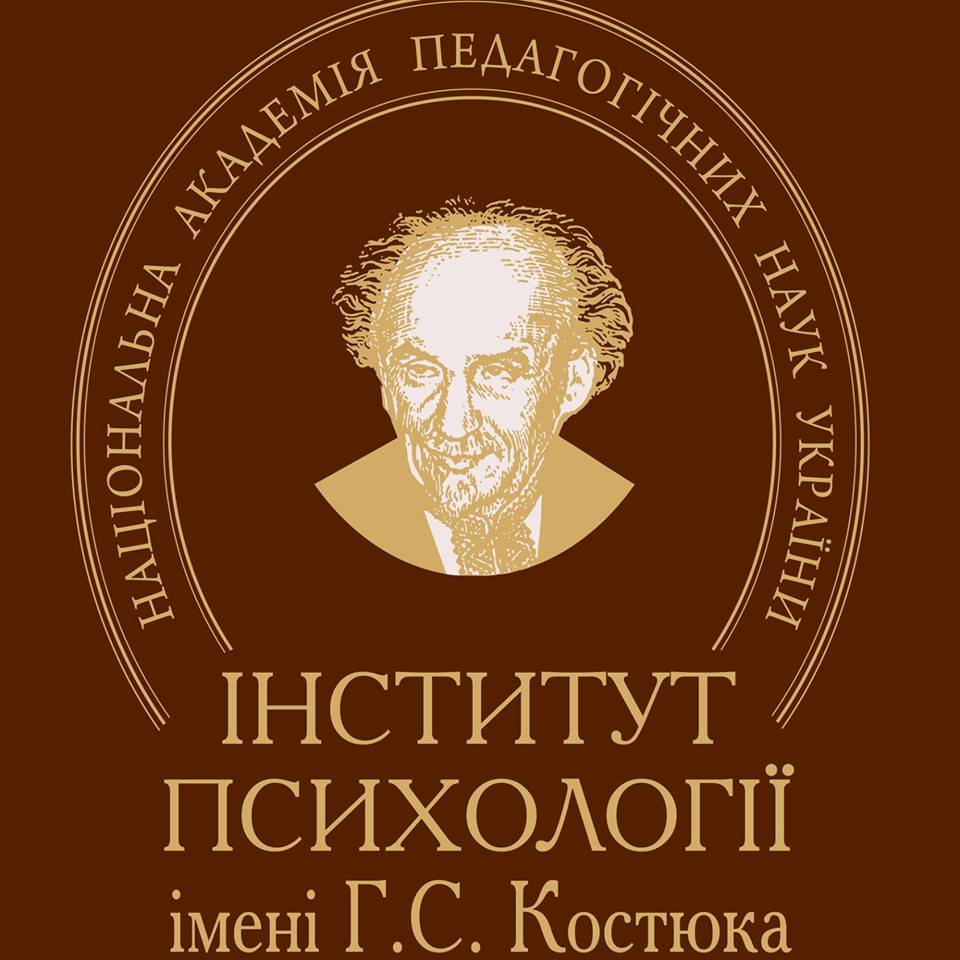
.jpg)
